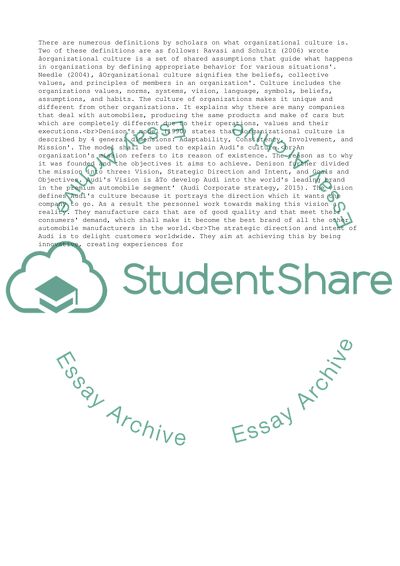Cite this document
(“Analysis of Audi's Human Resource Practices Essay”, n.d.)
Retrieved from https://studentshare.org/management/1684425-analysis-of-audis-human-resource-practices
Retrieved from https://studentshare.org/management/1684425-analysis-of-audis-human-resource-practices
(Analysis of Audi'S Human Resource Practices Essay)
https://studentshare.org/management/1684425-analysis-of-audis-human-resource-practices.
https://studentshare.org/management/1684425-analysis-of-audis-human-resource-practices.
“Analysis of Audi'S Human Resource Practices Essay”, n.d. https://studentshare.org/management/1684425-analysis-of-audis-human-resource-practices.


